Name Marianne Brandt Role Photographer | ||
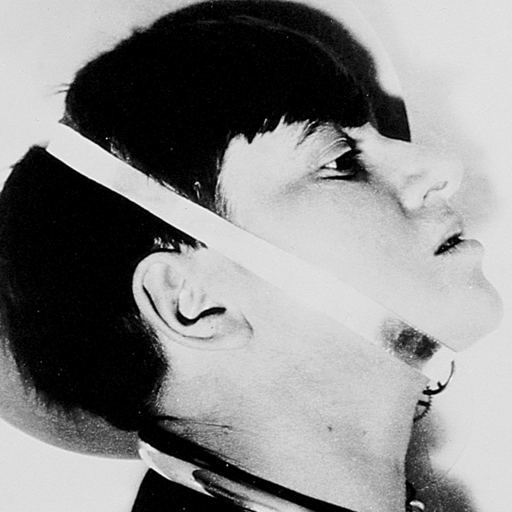 | ||
Died June 18, 1983, Kirchberg, Germany | ||
LA PRIMA DESIGNER DONNA
Marianne Brandt (1 October 1893 – 18 June 1983), German painter, sculptor, photographer and designer who studied at the Bauhaus school and became head of the metal workshop in 1928. Today, Brandt's designs for household objects such as lamps, ashtrays and teapots are considered the harbinger of modern industrial design.
Contents
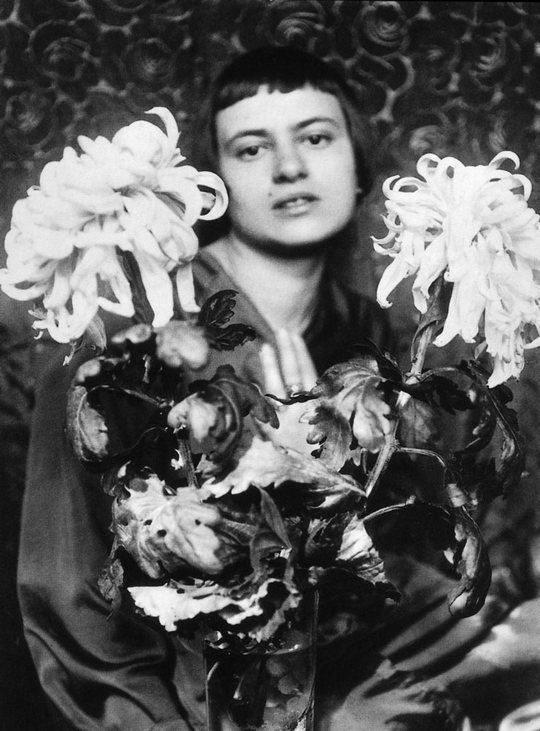
Motion Poster - Marianne Brandt Teekanne
Biography
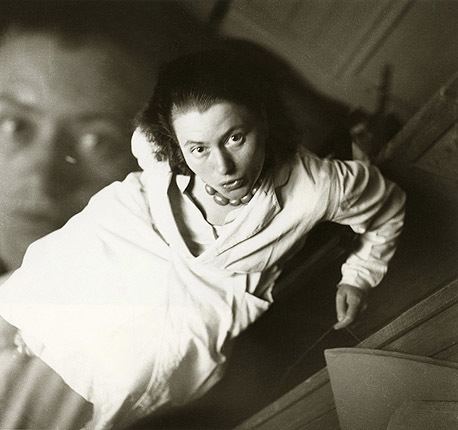
Brandt was born in Chemnitz as Marianne Liebe. In 1919 she married the Norwegian painter Erik Brandt, with whom she traveled in Norway and France. She trained as a painter before joining the Weimar Bauhaus in 1923. There she became a student of Hungarian modernist theorist and designer László Moholy-Nagy in the metal workshop. She quickly rose to the position of workshop assistant and succeeded Moholy as the workshop's director in 1928, serving in the post for one year and negotiating some of the most important Bauhaus contracts for collaborations with industry. These contracts for the production of lights and other metal workshop designs were a rare example of one of the workshops helping to fund the school. After leaving the Bauhaus for Berlin in 1929, Brandt worked for Walter Gropius in his Berlin studio. She subsequently became the head of metal design at the Ruppel firm in Gotha, where she remained until losing her job in the midst of the ongoing financial depression in 1932.
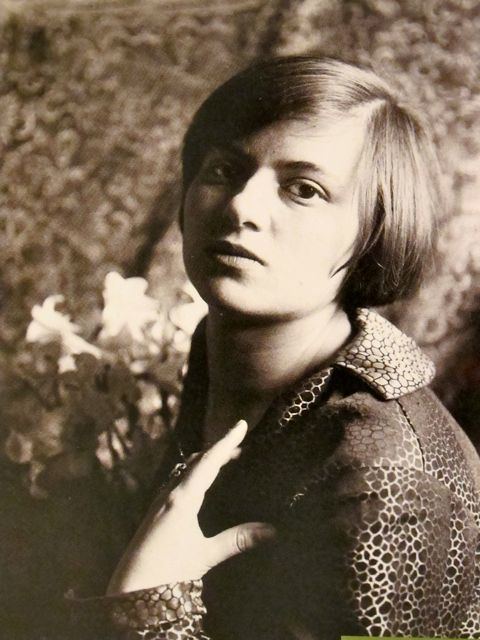
During the period of National Socialism in Germany, Brandt attempted to find work outside of the country, but family responsibilities called her back to Chemnitz. She was unable to find steady work throughout the period of the Third Reich. In 1939 she did become a member of the "Reichskulturkammer," the official Nazi organization of artists, in order to obtain a few art supplies, which had otherwise been forbidden to her. However, Brandt was never a member of the National Socialist Party. After many years of living apart, she and Erik Brandt officially divorced in 1935.
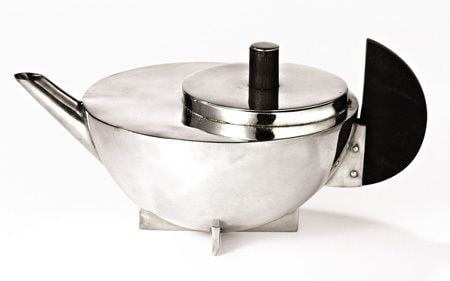
Brandt died in Kirchberg, Saxony at the age of 89. While the Bauhaus was generally reviled as "decadent" during much of the GDR period, by the end of her life Brandt had a loyal group of students from her many years as a teacher of design.
Education
Marianne Brandt studied painting and sculpture at the Grand-Ducal Saxony Academy of Fine Arts is Weimar from 1911 to 1917. She then went on the study at the Bauhaus in Weimar and Dessau from 1923 to 1928. She studied painting with the artists Fritz Mackensen and Robert Weise before studying sculpture with Robert Engelmann. In 1920 she took a on-year study tour with visits to Paris and the south of France. She also took courses taught by Paul Klee and Wassily Kandinsky. She and Max Sinowjewitsch Krajewski designed the lamp fittings for the Bauhaus building in Dessau from ca. 1925 to 1926. She served as assistant in the Bauhaus metal workshop from 1927 and then filled the position of its acting head in 1928. In 1929 Brandt was employed in Walter Gropius's architectural office in Berlin. From 1930 to 1933 Brandt worked at the Ruppel Metal Goods factory in Gotha, Germany. From 1949 to 1951 Brandt was a lecturer at the Dresden Academy of Fine Art in the wood metal and ceramics department and from 1951 to 1954 she worked at the Academy of Applied Art in Berlin. German metalworker and designer; studied and worked at the Bauhaus in the 1920s.
Work
Brandt's designs for metal ashtrays, tea and coffee services, lamps and other household objects are now recognized as among the best of the Weimar and Dessau Bauhaus. Further, they were among the few Bauhaus designs to be mass-produced during the interwar period, and several of them are currently available as reproductions. In an auction in December 2007, one of her teapots —the Model No. MT49 tea infuser— was sold for a record-breaking $361,000.
Beginning in 1926, Brandt also produced a body of photomontage work, though all but a few were not publicly known until the 1970s after she had abandoned the Bauhaus style and was living in Communist East Germany. The photomontages came to public attention after Bauhaus historian Eckhard Neumann solicited the early experiments, stimulated by resurgent interest in modernist experiment in the West. These photomontages often focus on the complex situation of women in the interwar period, a time when they enjoyed new freedoms in work, fashion and sexuality, yet frequently experienced traditional prejudices. Brandt's montage works were subject of the touring exhibition entitled "Tempo, Tempo! The Bauhaus Photomontages of Marianne Brandt," organized by Elizabeth Otto, which appeared at the Bauhaus Archive in Berlin, Harvard's Busch-Reisinger Museum and the International Center of Photography in New York from 2005 to 2006. Otto's catalogue of the same name explores these works and Brandt's life.
Brandt is also remembered as a pioneering photographer. She created experimental still-life compositions, but it is her series of self-portraits which are particularly striking. These often represent her as a strong and independent New Woman of the Bauhaus; other examples show her face and body distorted across the curved and mirrored surfaces of metal balls, creating a blended image of herself and her primary medium at the Bauhaus.
